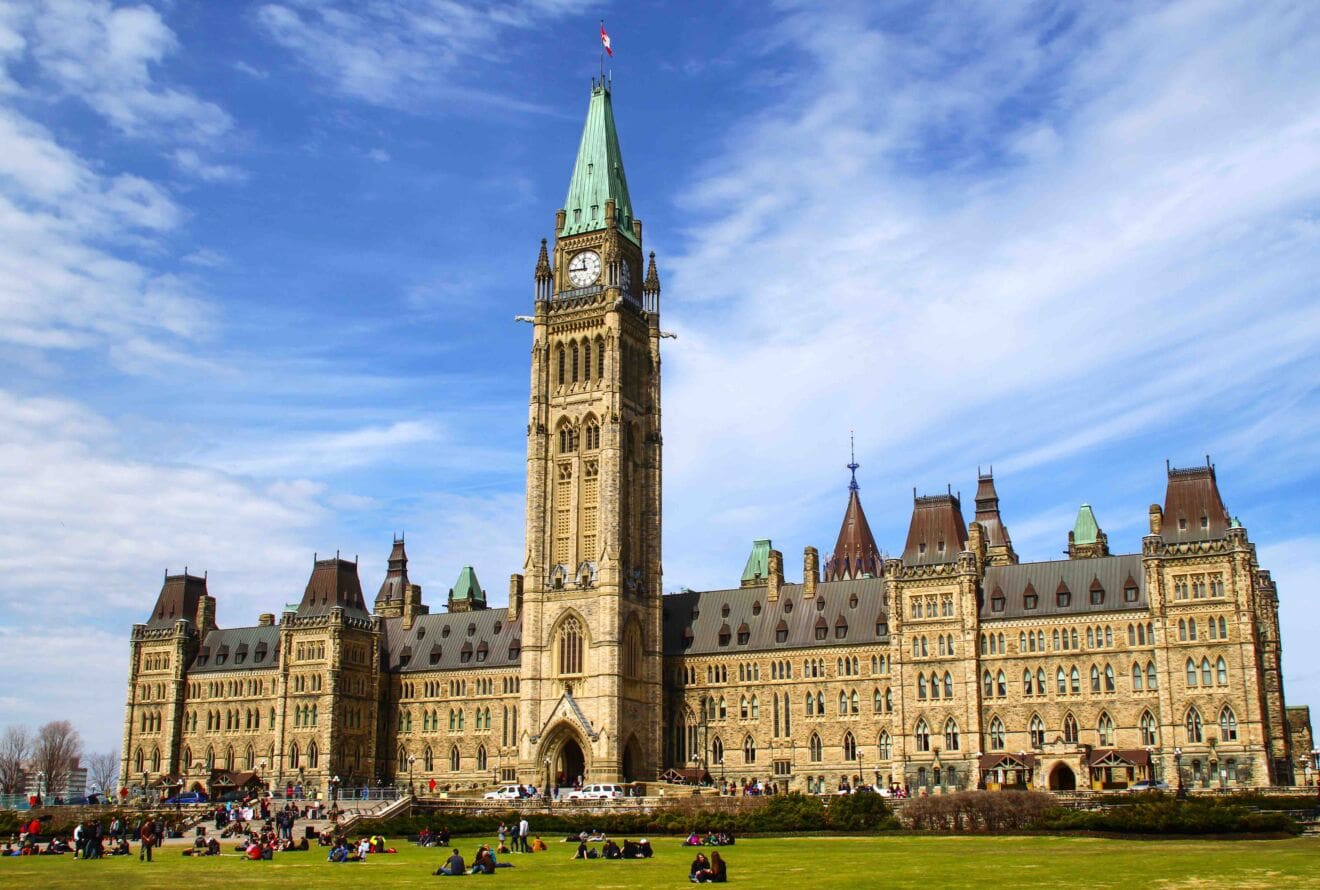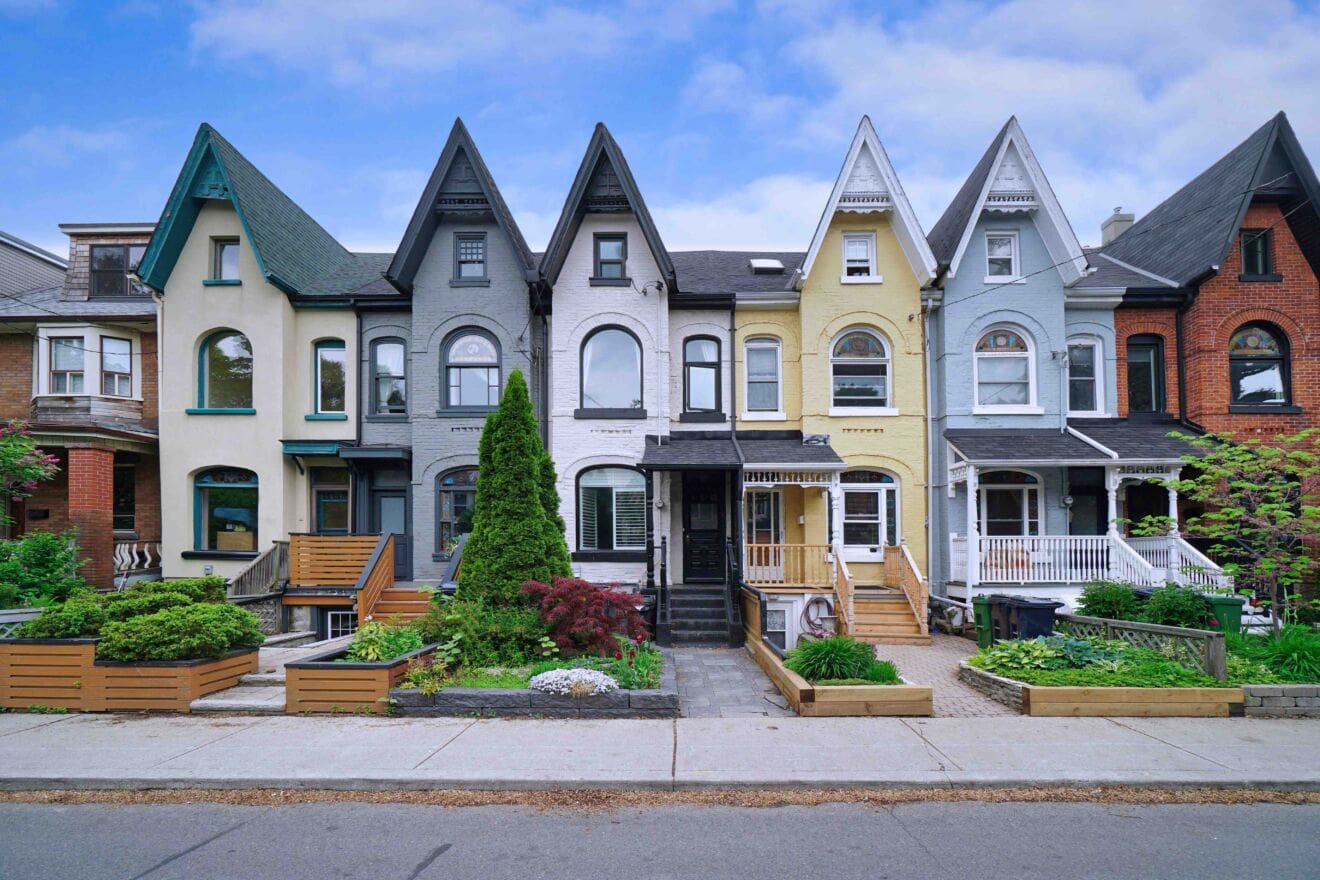
Earlier this month, the federal government announced its new budget and with it, brought many new initiatives targeting the housing market. The budget laid out the government’s plan to invest over $10 billion in housing initiatives in the next five years.
As housing affordability and availability have become ever-increasingly hot topics in Canadian politics, the Liberal government has proposed a diverse set of initiatives to increase supply, reduce demand, and make home-buying more accessible to Canadians.
Does this impact your plans for buying or selling? Let’s take a look at some of the proposed initiatives.
Canadian Housing & Foreign Buyers
One of the biggest new developments proposed in the 2022 budget is a ban on almost all foreign buyers in an attempt to lower demand and upward pressure on prices. The two-year ban would make good on an election promise from the Liberals that many thought would never materialize.
While the impact of foreign buyers on home prices in Canada is contentious, it does make for a convenient way for the government to take pressure off the market and win favour with voters without affecting Canadian homebuyers’ ability to enter the market.
Will this really have any impact? Let’s look at the numbers.
In Ontario, only 3.3% of all homes are owned by foreign buyers. When we look at the Toronto market, only 3.8% of all residences are owned by foreign buyers. Not that staggering amount you’re being led to believe, right?
Many think the pre-construction condo market in Toronto is dominated by foreign buyers – when it, in fact, isn’t.
A report released by Baker Real Estate, one of the leading brokerages representing developers, noted that only 3% of pre-construction sales over the last 10 years were by foreign buyers. Despite what you’re hearing about foreign buyers picking up entire floors of condo buildings, that’s actually not the case.
Another measure proposed by the Federal government would target anyone who buys and sells a home within a 12-month period, the majority of whom are house flippers. Under the new guidelines, they would see all profits taxed as business income, preventing some tax loopholes that have been abused in the past.
Measures to Increase Supply
Much of the budgeted money for new housing initiatives is set to go towards measures to increase the housing supply in Canada. $4 billion of the funds will go towards the Canada Mortgage and Housing Corporation’s (CMHC) Housing Accelerator fund to create 100,000 new housing units in the next five years. Along with other programs, the government hopes to increase new home developments up to 400,000 a year in order to keep up with the needs of a growing population.
Recently, Canadian Immigration Minister Sean Fraser announced his plan to welcome 431,645 new permanent residents this year, 447,055 in 2023, and 451,000 in 2024 – to a total of 1,329,700. These projections represent a huge difference from the numbers we have seen in the past three years, which totaled 926,550.
Minister Fraser’s action will address the huge backlog of applications resulting from the effects of pandemic-driven slowdowns. He has implemented the addition of $85 million and innovative modern systems to get processing times reasonable again.
The new initiatives are positive as they’re looking at leveling up, but it’s still lacking in the key area of supply and demand that we’ve talked about before. With so many new residents coming to Canada, with the majority focused on Ontario and Toronto, the issues we’re facing now will continue to be amplified.
New Assistance for Home Buyers
Another new addition to the Liberal housing strategy is a new Tax-Free First Home Savings Account (TFFHSA) designed to help first-time homebuyers to save for a down payment. The new account would allow homebuyers to save up to $8,000 per year up to a total of $40,000. For those buying together, each partner can save in their own account.
Similar to a regular tax-free savings account (TFSA), money within the home savings account would incur no taxes when withdrawn and contributions are tax-deductible. For Canadians looking to save for their first home, especially those buying as a couple, this new account can help to provide some much-needed support as prices continue to rise.
Additionally, the budget offered other support for new home buyers such as doubling the First-Time Home Buyers’ Tax Credit and extending the First-Time Home Buyer Incentive into 2025.
The government also expressed interest in the creation of a Home Buyer’s Bill of Rights that would, among other things, put an end to blind bidding, increase transparency in home sales, and enforce a legal right to a home inspection before purchase.
How Effective Will the New Measures Be?
Overall, the new proposed housing initiatives will have varying degrees of effect on the housing market. Things like a foreign buyer ban and cracking down on house flippers will likely have only a moderate effect on the overall course of the market, because of the many issues discussed earlier.
Initiatives to increase supply will prove useful if they are actually able to hit their targets, though every new home is badly needed. Finally, consumer-oriented changes such as a homebuyer’s bill of rights and a new tax-free home savings account will present the greatest benefit to the average Canadian.
Though the actual impact of new measures still needs to be proven, many Canadians will welcome these attempts to tackle the housing crisis. We can only hope that these measures are only the start of further efforts on the federal, provincial, and municipal levels to make for a more balanced and affordable market.

TRB Education Hub
Get the real estate resources you need to succeed. Visit our education hub for market insights, guides, podcasts and more.




